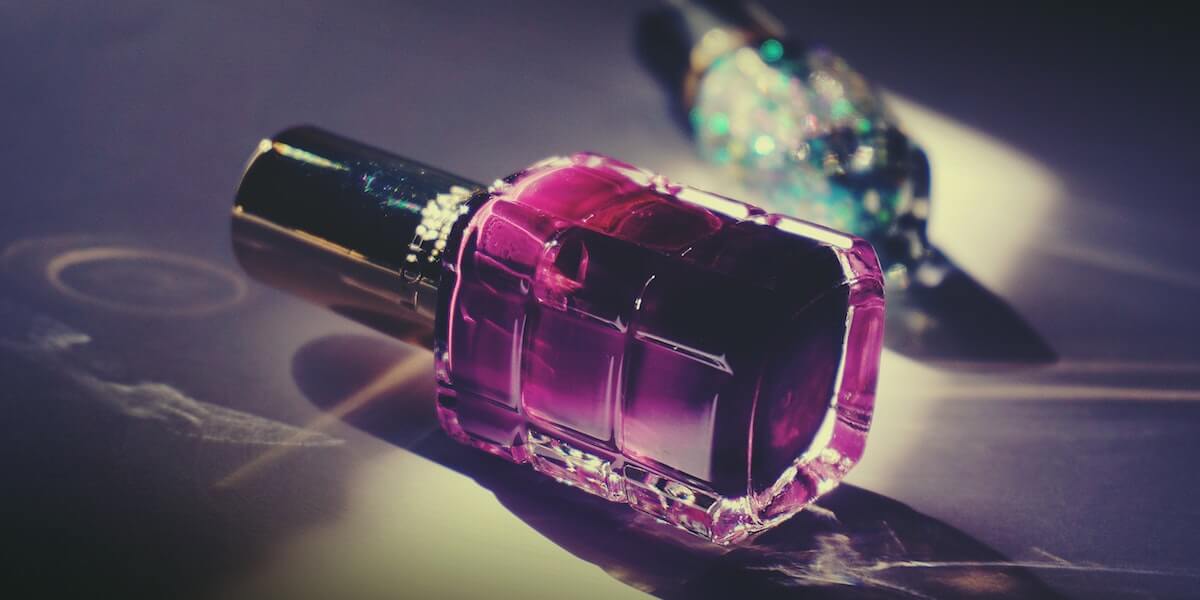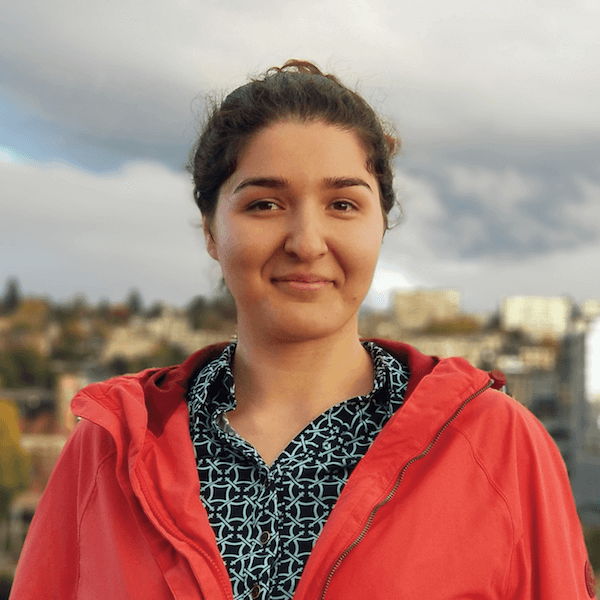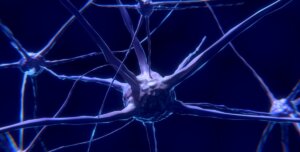Maral Mousavi is on a mission.
She has concerns about the way medical diagnostic testing is conducted, with its unnecessarily high costs and time-consuming processes. In response, Mousavi is thinking outside the box, using improvised materials such as yarn, paper and even nail polish to develop novel approaches. Her aim: to disrupt diagnostics and create better healthcare outcomes for patients.
One of the newest assistant professors in the USC Viterbi School of Engineering’s Department of Biomedical Engineering — and fresh from her postdoctoral research at Harvard University — Mousavi is in the early stages of establishing her research unit, the Laboratory for Design of Medical and Analytical Devices, to further her work in low-cost diagnostic devices.
One of her passion projects has been the development of testing devices made of ubiquitous and inexpensive materials such as paper; devices that could potentially do the work of an entire laboratory.
“When you take the specimen and send it off to a lab, they charge a lot and it takes a while,” Mousavi said. “That process could be problematic when someone has a chronic disease, and needs to visit the hospital once a day, or every few days.”
“We have to bring the cost of diagnostics down. We need to avoid even having a lab,” she said.
Mousavi said that labs for routine testing have high operating costs, requiring lots of materials and staff to operate them. Her work focuses on how basic point of care diagnostics and ongoing monitoring could be conducted using ubiquitous materials, bypassing expensive laboratory testing when it isn’t needed.
“Paper. We write on it. It’s been used for thousands of years. It’s very affordable. And the thing about paper, if you add a drop of water to it, you can see it propagating throughout the paper. It is a microfluidic channel that can transport fluids.”
Mousavi said that paper could also be used for storing reagents, by adding a drop of reagents and letting it dry. When the specimen is added, the reagents get rehydrated and the reaction goes on to detect disease markers in the specimen.
“You can also print electrodes or other types of sensing elements onto the paper. You can potentially create your entire lab on layers of printed paper.”

Mousavi and her team have designed sensors, created out of yarn, patterned with conductive material and sealed using nail polish. Image/Suzy Hazelwood, Pexels
Mousavi has also been working on electrical sensors that are made from thread and sealed using nail polish; sensors that can be used for biomedical testing for ions (molecules that have a net electrical charge).
“The reason I wanted to make a portable sensor for the detection of ions, is that ionic components are important in healthcare, agriculture and food testing,” Mousavi said. “There are so many broad applications for this, and yet there’s no good way to detect them at the point of care or point of use. It is a big gap in the research.”
“I wanted something that was simple,” she said. “You can put it in your pocket; you could go anywhere and have your sensor.”

Assistant Professor of Biomedical Engineering Maral Mousavi
Mousavi said the reason for using readily-available materials was so that the sensor could be easily and cheaply replicated, particularly in developing countries where medical testing equipment needed to be inexpensive and portable.
“So we bought a big roll of cotton yarn,” Mousavi said. “We patterned it with conductive nanoparticles — we used carbon, which is really low cost. Then we put a membrane at the tip of it, and we sealed it using nail polish.”
It’s not surprising, given her MacGyver-like tendencies to create novel technological solutions from unlikely materials, that Mousavi’s background is a creative one. Growing up in Iran, her first dream was to become a writer, and later, a designer.
“That was when I was really young. But then, I got really excited about chemistry. I spent a lot of time in the lab making things, exploding things, burning things and mixing things to see what happens,” she said.
Mousavi’s mother was an elementary school teacher in Iran. Watching her mother work, particularly in disadvantaged schools, had a profound influence on Mousavi and fueled her desire to be an educator.
“She would come home with these stories about these talented students, but they couldn’t afford books,” Mousavi said.
This idea of promoting accessibility of education has also prompted Mousavi to start to develop educational tools, tied to the same design concepts she is using to create low-cost diagnostics.
“If you don’t have a lab, and you’re not in a school that cannot afford to buy equipment, maybe you can buy a piece of paper. And that would be your entire lab, and you can still conduct scientific experiments,” she said.
Published on November 11th, 2019
Last updated on November 11th, 2019












